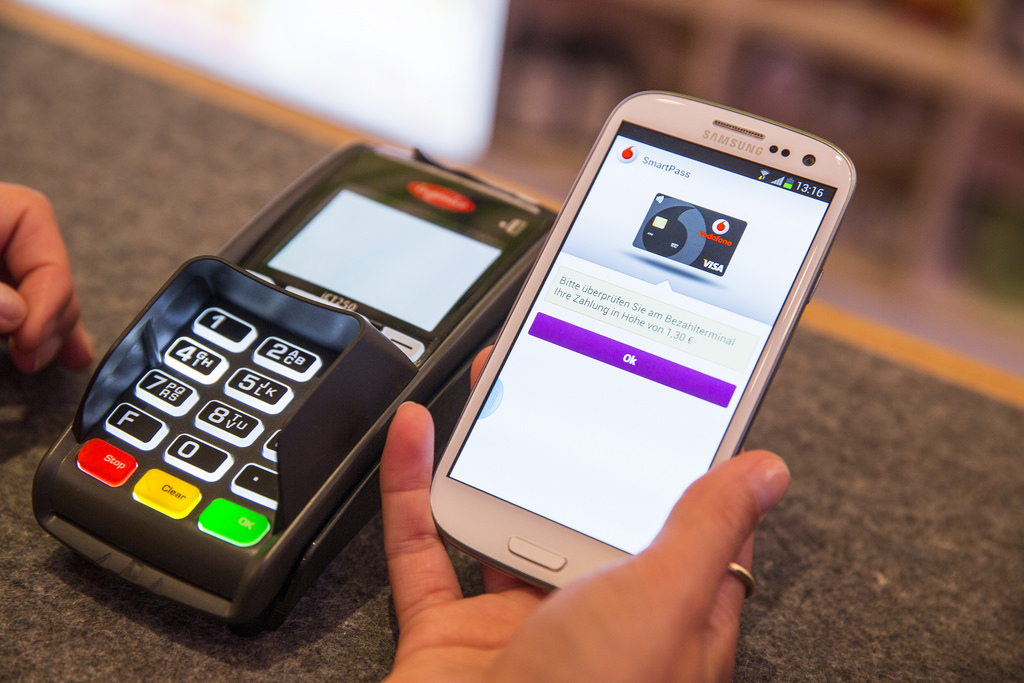While Amazon.com is a significant global and is listed as one of the key market players in the Taiwan Mobile Payment Market, it does not have a dominant or clearly defined localized mobile payment strategy specific to Taiwan like some of its regional competitors. Instead, Amazon's approach in Taiwan's mobile payment landscape appears to be integrated with its broader global strategy of facilitating online purchases and cross-border transactions.
Observed Strategies:
· Cross-Border Payment Solutions: Amazon has partnered with services like Western Union to enable Taiwanese customers to pay for their Amazon.com purchases in local currency. This strategy focuses on facilitating international e-commerce rather than directly competing in Taiwan's domestic mobile payment ecosystem.
· Integration with Global Payment Methods: Amazon likely supports various internationally recognized payment methods within Taiwan, such as credit cards and potentially global digital wallets like PayPal, to cater to customers making purchases on its platform.
· Focus on E-commerce Growth: Amazon's primary strategy in Taiwan seems to be centered on expanding its e-commerce presence, offering a wide range of products, and optimizing the online shopping experience. Payment convenience is a part of this strategy, but not necessarily through a dedicated, Taiwan-specific mobile payment solution.
Emerging Innovations and Developments in the Taiwan Mobile Payment Market:
Taiwan's mobile payment market is dynamic and experiencing substantial growth, driven by high smartphone penetration, strong internet infrastructure, and government initiatives promoting a cashless society. Key emerging innovations and developments include:
· Increased Adoption of Diverse Payment Methods: Beyond traditional NFC, there's a significant rise in QR code-based payments, favored for their simplicity and low barrier to entry for
small merchants. Various mobile wallets like LINE Pay, Pi Pay, JKoPay, Apple Pay, and Google Pay are gaining traction, often offering incentives like coupons and discounts.
· Technological Advancements:
o Biometric Authentication: Incorporating fingerprint and facial recognition for enhanced security and user convenience in mobile payments.
o Artificial Intelligence (AI): Utilizing AI for fraud detection and personalized user experiences.
o 5G Technology: The rollout of 5G networks promises faster and more reliable mobile transactions.
o Blockchain Integration: Exploring blockchain technology for potentially more secure and efficient payment systems.
· Integration and Expansion of Services:
o Super Apps: The trend of mobile payment platforms evolving into "super apps" by integrating other services like e-commerce, transportation payments (like the widespread EasyCard integration), and even financial services like insurance.
o Open Banking and Data Sharing: Initiatives that could lead to more integrated and personalized financial services, potentially impacting how mobile payments function.
o Cross-Border Transaction Growth: Mobile payment solutions are increasingly facilitating international transactions and remittances.
· Government and Industry Initiatives:
o The Taiwanese government has set ambitious goals for increasing mobile payment penetration rates.
o Collaboration between financial institutions and technology companies is fostering innovation.
o Development of standardized platforms like Taiwan Pay QR Code to promote interoperability.
· Focus on Security: Robust encryption, tokenization, and multi-factor authentication are becoming standard to address security concerns and build consumer trust.
· Retailer Integration: Retailers are increasingly adopting mobile payment systems and even launching their own mobile payment solutions integrated with loyalty programs to enhance customer engagement.
Developments and Trends Shaping the Market:
· Shift Towards Cashless Transactions: A general move away from cash is evident, accelerated by the convenience and increasing acceptance of mobile payments across various sectors, including retail, food and beverage, transportation, and even smaller vendors like night markets.
· Increased E-commerce Activity: The growth of online shopping is directly fueling the adoption of mobile payment solutions for seamless online transactions.
· Competitive Landscape: The market is characterized by intense competition among local mobile payment providers, international players, and even retailers entering the payment space. This competition drives innovation and better services for consumers.
· Consumer Behavior: Taiwanese consumers are increasingly prioritizing security and convenience in their payment methods, with a significant portion already using mobile devices for online shopping. Loyalty programs and discounts offered through mobile wallets are also influencing consumer choices.
In conclusion, while Amazon.com plays a role in facilitating cross-border e-commerce payments for Taiwanese consumers, it does not appear to have a dedicated strategy to directly compete within Taiwan's rapidly evolving domestic mobile payment market. The Taiwanese market itself is characterized by strong growth, driven by technological innovation, government support, and the increasing adoption of diverse mobile payment methods by both consumers and merchants. Emerging trends point towards greater integration of services, enhanced security, and a continued shift towards a cashless society.





Comments